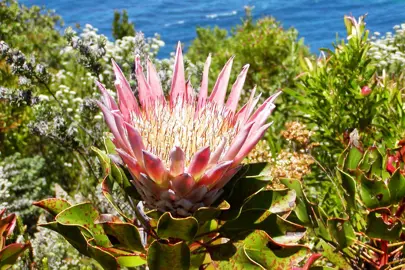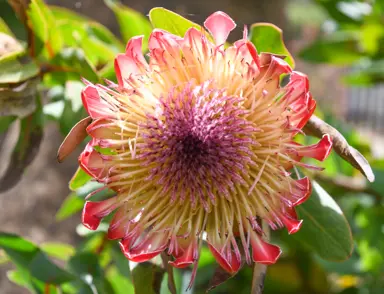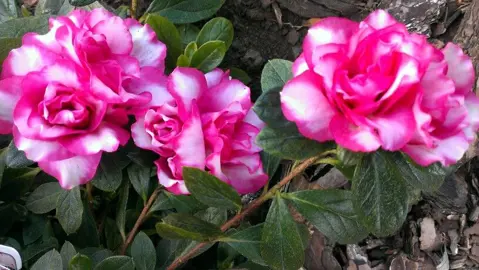Protea cynaroides
King Protea, Giant Protea
Protea cynaroides, commonly known as the King Protea, features flowers with deep crimson bracts and a cream-coloured centre from autumn through until spring. It grows as a woody shrub to about 1.2 m tall and 1.5 m wide. Protea cynaroides is a versatile plant that is often included in a mixed planting, added to a coastal planting, planted around the pool area, or grown anywhere the beauty of the large flowers can be enjoyed.








